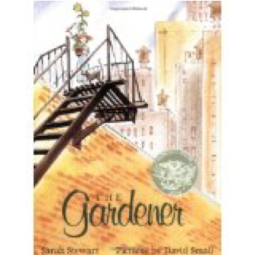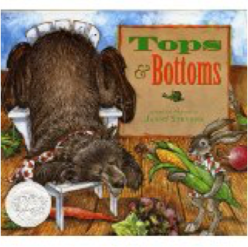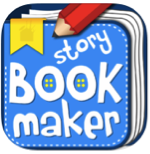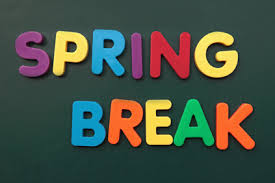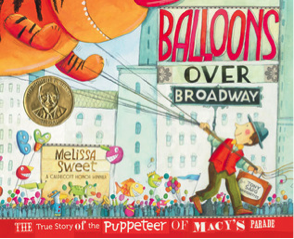Stefanie’s helpful series continues — look for it every other week.
Just like storytelling is important for our K-2 friends, it is equally as important for older students, just for slightly different purposes and in slightly different ways. It’s important to consider engagement in upper grades, and finding ways to get students excited about writing. As Kylene Beers discussed at the Saturday Reunion, it’s crucial that we as teachers begin to think about helping our students develop their digital footprints.
Story Jumper is a wonderful way to start storytelling digitally and build a record of work online. Story Jumper is a web-based tool, meaning you access it on the Internet! The good news is: Story Jumper allows you to create as many books as you’d like online for FREE! Then, later down the road, if you so choose, there are publishing options to receive a copy of the books you and your students generate in print. Story Jumper allows you to add a cover, title page, text, and images. It has a lot of customization features to change colors, sizes, and to add pictures from your personal library.
In a college elementary methods course, an assignment of mine was to create a presentation about Rosa Parks after reading, Rosa Parks: My Story. The group I was working with wanted to write a poem, and I suggested we turn our poem into a storybook. Here is an example showing just a few features Story Jumper has to offer.
To access Story Jumper visit this site!









